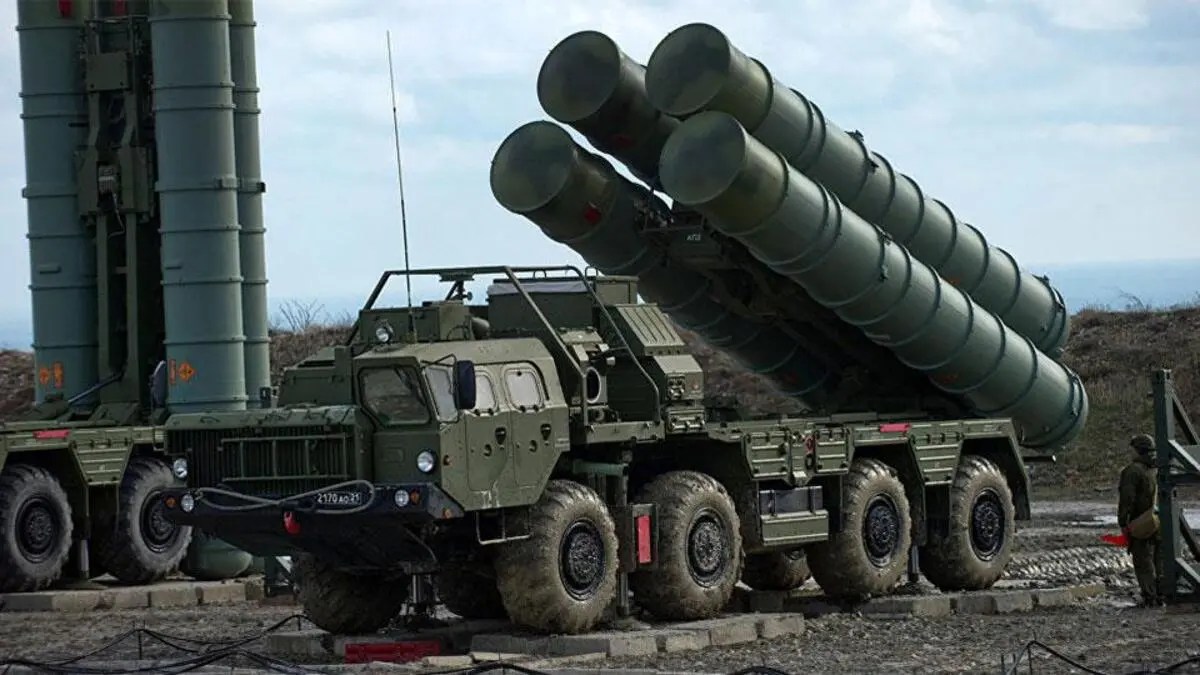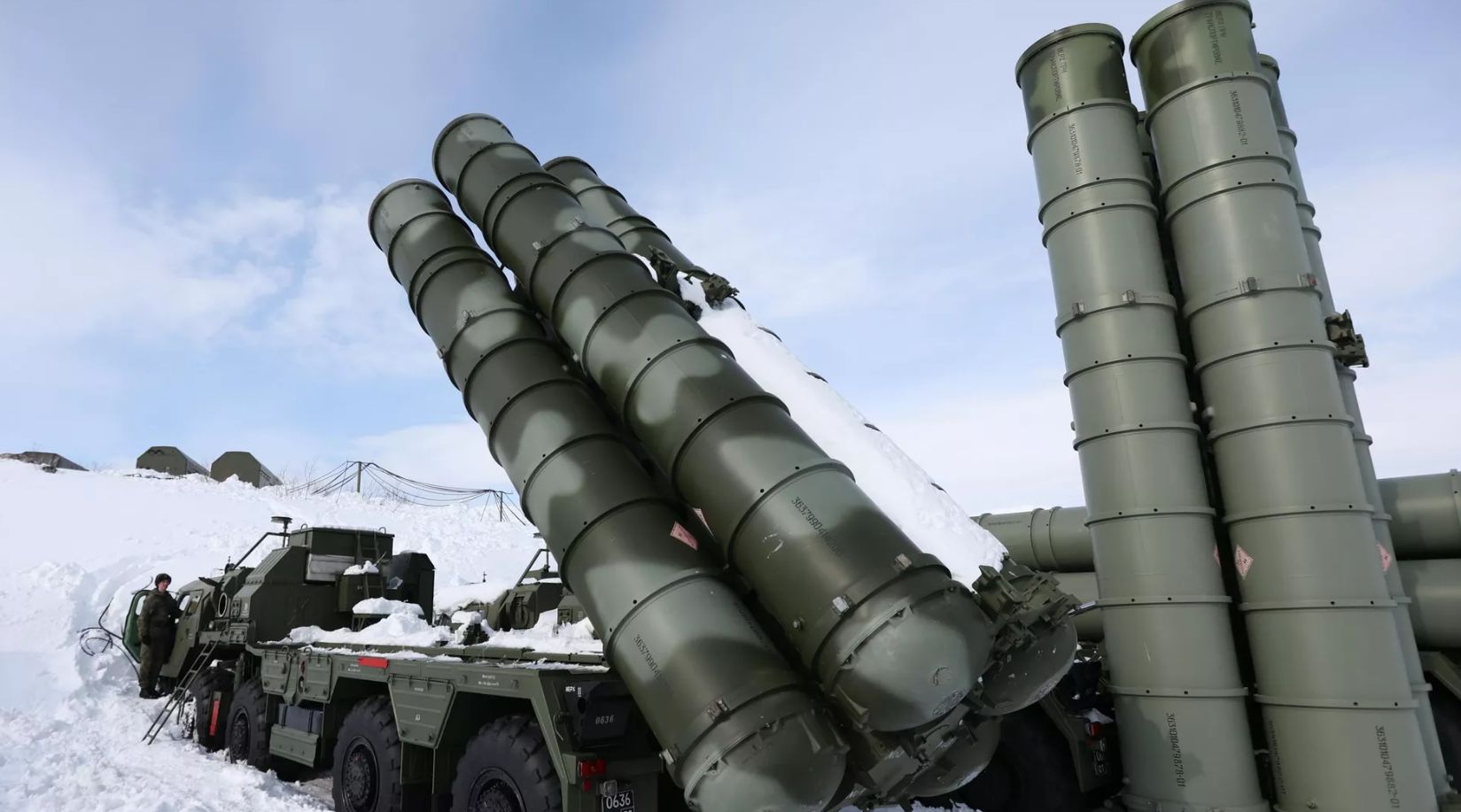In his interactions with the press, ahead of Air Force Day on October 8, Indian Chief of the Air Staff (CAS), Air Chief Marshal Amar Preet Singh, confirmed that deliveries of all S-400 air defense systems ordered from Russia would be completed next year.
India has already received three S-400 regiments, and two more will be delivered by the end of 2025. While the CAS’s assurance is welcome, concerns linger about the geopolitical situation surrounding the delivery of the Russian S-400 systems.
Need For Additional S-400 Systems & Upgrades
The last S-400 system will be delivered seven years after the initial contract signing. During this time, the S-400 system has evolved greatly.
The imperative for its rapid evolution has been the threat posed to Russia by the West since 2014 and the operational deployment and heavy use of the system since the start of the Russian Special Military Operation (SMO) in February 2022.
While the S-400 system has rapidly evolved, the IAF’s ability to leverage its improvements may well have diminished due to geopolitical uncertainties, specifically sanctions against Russia and the threat of sanctions against countries dealing with Russia.
US Sanctions
Evidently, India has evaded US sanctions under CAATSA (Countering America’s Adversaries Through Sanctions Act) on the S-400 acquisition because the contract was negotiated with Russia well before the US imposed sweeping sanctions against Moscow.
At the time of contract signing, the IAF was keen to acquire additional S-400 systems and eventually manufacture them in India, starting with the manufacture of major subsystems.
Is the Indian government in a position to sign a follow-up contract for acquisitions of additional S-400 systems despite CAATSA?
Equally important, does the IAF still have the inclination to pursue its original plans? This is a valid question since leadership changes can lead to priority changes, though they shouldn’t.
The Indian government could well be inclined to allow the IAF’s S-400 plans to languish in the face of US pressure. To avoid the appearance that it’s succumbing to US pressure, the government could well invoke its Atamanirbharta (self-reliance) paradigm with even more stridency.
We are told that India is working on its own S-400-class air defense system under “Project Kusha.” This system features Long-Range Surface-to-Air Missiles (LR-SAM) comparable to Russia’s S-400 Triumf air defense system.
The Kusha system is expected to have a strike range of around 400 kilometers and will enhance India’s preparedness along both the China and Pakistan borders. The problem is that Project Kusha is at least two decades away from becoming an operational S-400 analog!
Russia has S-400 systems today because it has been working on integrated air defense systems for over 50 years!
Acquiring additional S-400 systems quickly will address the IAF’s operational capability drop due to a 30% reduction in fighter fleet strength over the years. Manufacturing S-400 systems in India with Russian ToT will place us just 10 years behind the state of the art in air defence in the world. Logically, Project Kusha needs to be conceived as an S-400 follow-up, not a replacement!

Let me illustrate the perils of a limited, one-time acquisition of S-400 systems without follow-up upgrades. The IAF’s operational capabilities will likely suffer more precipitously than may be evident at first glance.
India-China Stand-Off Enters 5th Consecutive Winter; Indian Army Takes ‘Civilian Help’ To Hold Fort!
It’s likely that India’s contract with Russia, signed in October 2018 for the acquisition of the five S-400 regiments, did not include the supply of the 40N6 interceptor missiles. Russia completed the development of the missiles in October 2018. The missile was first combat tested in the Ukrainian theatre in November 2023.
If true, the S-400 systems supplied to India may be limited to a maximum firing range of 250 km using the 48N6 interceptor. The 40N6 has an effective range of 380 km against aerodynamic targets. Its engagement altitude envelope extends from 10m to 35 km. The average flight speed is 1190 m/s.
The 40N6 is designed to destroy air command posts (AWACS, Elint, and ISR Platforms), strategic bombers, tactical and theatre ballistic missiles, and medium-range ballistic missiles with a maximum speed of more than 4800 m/s.
The missile features both an active and semi-active seeker. Because of its active seeker, the missile is capable of destroying targets beyond the visibility of ground radars.
‘Most Awaited’ Showdown! S-400s Gear-Up To Hunt Ukraine’s F-16s But MANPADS Could Steal The Show
In contrast, the latest variant of the 48N6 interceptor (48N6E3) has a range of 250 km. The missile, which features a SARH (Semi-Active Radar Homing) seeker, can fly at speeds of 17,000 kph (Mach 14) and engage targets flying up to 4,800 m/s.

Four 48N6 interceptors can be placed in each 40N6 canister.
In some ways, the S-400 SAMs supplied to India are already outdated.
Russia has already exported 40N6 interceptors to China for its two S-400 regiments.
In the past, either due to leadership apathy or US pressure, the IAF did not upgrade its Russian-supplied weapon systems in time. As a result, India faced acute embarrassment during Pakistan’s Balakot riposte—Operation Swift Resort—because the IAF had not acquired longer-range Russian RVV-SD air-to-air missiles for its Su-30MKI fighters.
Indeed, there is no evidence that the IAF has acquired the Russian long-range RVV-BD air-to-air missile, which clearly has performed exceptionally well during the ongoing Russian special operation in Ukraine.
LCA Tejas For Indian Navy: DRDO Pushes LCA-N Aircraft To Navy As Delhi Set To Seal Rafale-M Deal
Conclusion
If India does choose to dial down its S-400 acquisition, the degradation in the IAF’s operational capability will be serious.
The war in Ukraine has demonstrated that the outcome of a peer-to-peer conflict will depend as much on missile warfare as on air warfare.
In Ukraine, conventional airpower is largely confined to the 100 km stretch along the front line. Deeper strikes are best carried out by missiles—ballistic missiles or high supersonic/hypersonic missiles. Missile threats are best countered with S-400-like systems.
One important reason Ukraine has resisted Russia for over two and a half years is that it has Patriot systems.
Luckily for India, we are well on our way to acquiring five S-400 systems, which are more lethal than the Patriot systems. Unluckily, however, we have China as our adversary. China has invested very heavily in fifth-generation stealth fighters and missile (ballistic, supersonic, and hypersonic) systems. To counter both, India needs S-400 systems in much larger numbers.
The number of S-400 systems that India is set to acquire is too small. Unless India acts now, it may well be too late.
- Vijainder K Thakur is a retired IAF Jaguar pilot, author, software architect, entrepreneur, and military analyst.
- VIEWS PERSONAL OF THE AUTHOR
- Follow the author @vkthakur




